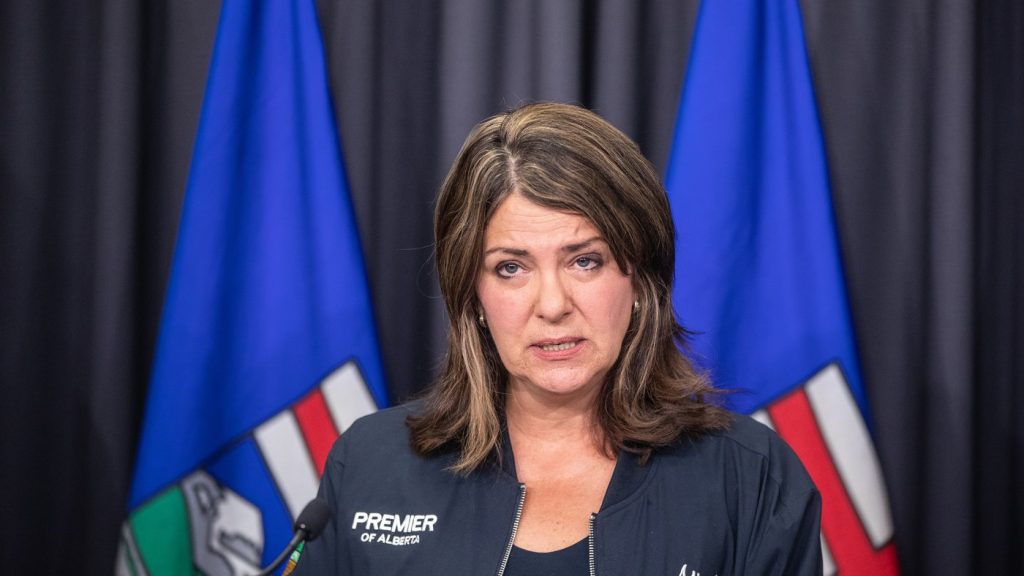Toronto woman’s viral video shedding light on air travel accessibility concerns
Posted May 24, 2024 8:15 pm.
Last Updated May 25, 2024 7:20 am.
A Toronto woman who was carried off of a plane down a steep flight of stairs in a broken aisle chair is sharing her story in hopes air travellers with accessibility needs never have to live through the same nightmare.
Tori Lacey, who has spinal muscular atrophy, is a travel blogger who uses a power wheelchair and she recently posted an experience to social media that she described as “terrifying.” Earlier this month on an Air Canada Rouge flight from Toronto to Costa Rica, Lacey had to be carried down a flight a portable staircase in an aisle chair – a mobility device used by commercial planes – instead of the jet bridge she requested well in advance.
Lacey says she had no advance notice that there would not be a jet bridge available at the airport in Costa Rica or that this would be the plan to deplane her.
“I was very frightened, I was so, so scared that I was going to be dropped,” she tells CityNews, referencing the viral video of her experience which has been viewed more than 10 million times. “I have a neuromuscular disease so I don’t have muscle tone and control of my neck and because the aisle chair was not supporting in any way for my body and also the seat belts didn’t work properly and so I wasn’t properly strapped to the chair, my head was falling to the side.”
In a statement to CityNews, Air Canada says the use of a bridge is always the preferred option for both our customers, especially those with disabilities but that “Regrettably this was not an option in Costa Rica for this flight.”
“We have procedures for customers with disabilities to safely embark and disembark aircraft in such cases, and in this instance, all protocols were followed.”
The airline goes on to say that as part of their accessibility plans, they will be reviewing airport procedures, including for smaller foreign stations, with the aim of working with local airports and other partners to find ways to provide more consistent service.
Air Canada has previously pledged to roll out measures that range from establishing a customer accessibility director — now in place — to requiring annual training for its 10,000 front-line staff as part of a three-year plan.
Earlier this year, the carrier formed an advisory committee made up of customers with disabilities and launched the “sunflower program” where a lanyard worn by travellers indicates to staff they may need assistance
“I think big picture it’s really looking at accessibility of these aircraft and I know it’s kind of an out-there dream but I would love to see a point in my lifetime where I can stay in my wheelchair on these aircraft and avoid these unsafe transfers altogether,” says Lacey.
At the National Air Accessibility Summit that was held earlier this month in Ottawa, federal ministers said the airline industry had agreed to make some changes to ensure seamless travel for persons with disabilities, including an agreement to create a streamlined and standardized intake form at the booking stage for people who need accessibility support.
Transport Minister Pablo Rodriguez said the changes need to be implemented as soon as possible, though he stopped short of setting a deadline or promising penalties for non-compliance.
Advocates have also called for stronger deterrence actions by the Canadian Transportation Agency. The agency pointed to a steady increase in the number of enforcement actions taken over the past four years. Penalties for all breaches, including accessibility violations, against a range of transport companies amounted to $1.34 million over the past year, up from $54,000 in 2020-21.
But advocates say the problems go beyond a single airline or regulator, as “gaping holes” in the Accessible Canada Act allow problems to persist in areas ranging from consultation to assistance protocols despite a regulatory overhaul in 2020 brought on by that legislation.
Files from The Canadian Press were used in this report








